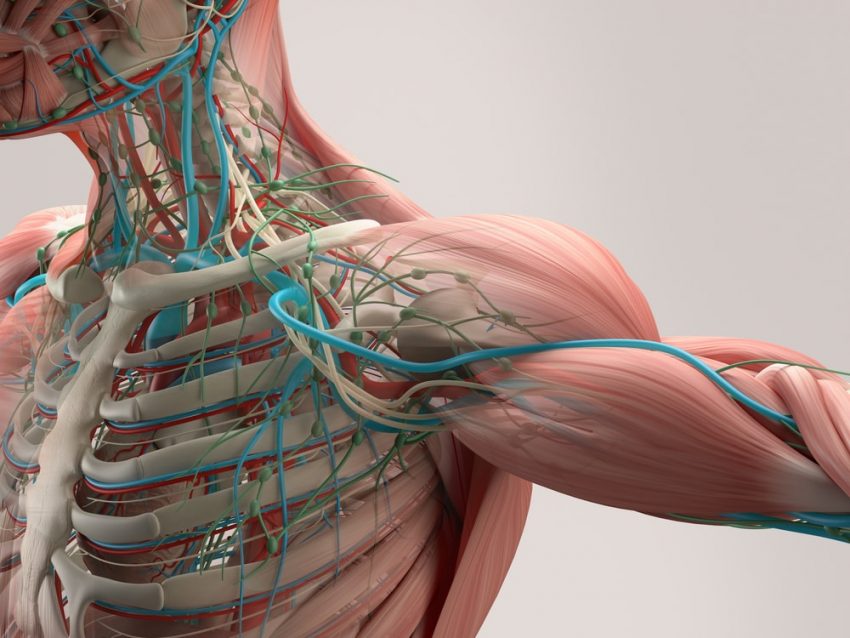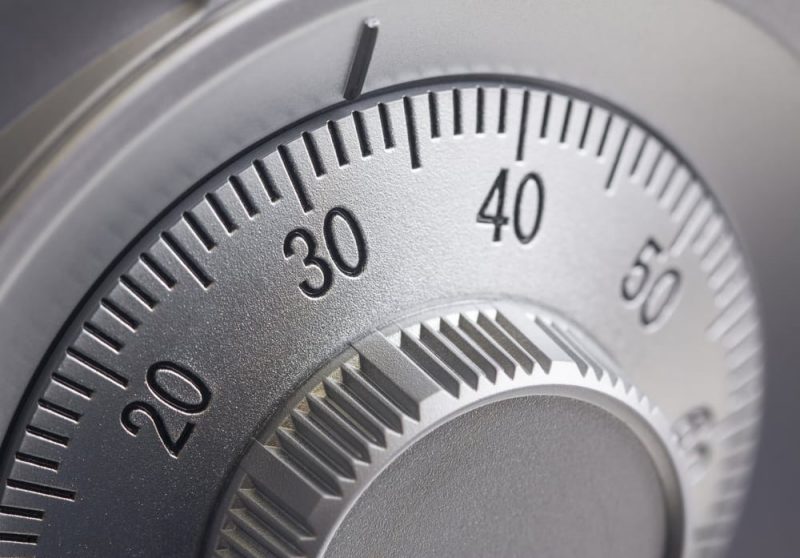
It is called thermodynamic system or system to any set of objects that is convenient to consider as a unit and that can exchange energy with the environment.
In this way, the study of the phenomena that occur in a thermodynamic system can be reduced to the analysis of a series of more or less simple variables.
Obeying the degree of isolation that these systems present with respect to their environment, it is possible to recognize three different types:
- Open systems. They are the most predominant of all, they are characterized by exchanging energy and / or matter with the environment that surrounds them, either taking it towards him and / or expelling it.
- Closed systems. They exchange energy (heat, work) with the outside, but never matter (their mass remains intact).
- Isolated systems. They do not exchange energy or matter of any kind with their environment, they are considered systems disconnected from the dynamics around them. Totally isolated systems do not really exist in the universe, so they are considered cases of abstraction in determined periods of time. Are assumed in thermodynamic equilibrium.
Examples of open systems

- The human body. Being in need of matter to obtain energy, the body is an open system that requires the exchange with the environment of organic and inorganic inputs and energy for its operation.
- A pot of boiling water. The energy introduced into the system by the fire transforms the water into gas, which is released into the environment.
- A bonfire. To keep the fire burning it is necessary to provide the fire with flammable material, for example charcoal or dry branches. Without that matter to consume, the fire will go out.
- A combustion engine. Engines are complex systems that generate movement from a constant supply of fuel: gasoline, diesel, etc.
- Most of the plants. Plants require matter for their subsistence (in the form of water and nutrients) and energy (solar) to carry out vital photosynthesis.
- A compost bin. The process of compost that produces compost to fertilize crops operates based on the constant introduction into the compost of waste organic matter: husks, food scraps, etc. Without them, the degradation processes of the material would stop and so would the production of compost.
- The saunas. To produce the steam contained in saunas, water (matter) and energy (fire) are required to produce water vapor and allow it to accumulate in the closed room. After a period, the steam will disappear and a new injection of inputs into the system will be needed.
- A nuclear reactor. The electricity generated by the reactor is the product of the fission of uranium (or other elements) in a controlled atomic reaction that allows generating a lot of usable energy, but also toxic waste that must go somewhere in the environment.
Examples of closed systems
- A bottle of cold water exposed to room temperature. As the bottle is closed, the transfer of matter between the system and the environment is impossible: no liquid can enter or exit. However, it is possible to exchange energy: the water will gradually heat up.
- A thermometer. Since it is hermetically sealed, the content of a thermometer never varies, but it does react according to the temperature it perceives, that is, it is sensitive to the input of heat (energy).
- Sun. If the matter that it transforms into energy is neglected, the sun is an example of a closed system, which does not exchange matter with its environment, but does exchange energy (solar radiation, sunlight, heat).
- Planet Earth. The Earth operates without exchanges of matter with respect to the vacuum that surrounds it or to the other planets and celestial objects, but it receives constant solar energy, without which life would be unlikely.
- A container with hot food. Hermetically closed, the container will prevent the matter inside from coming out or from entering it, but will still radiate the heat of the food out.
- TVs. These devices work from the consumption of electrical energy, to emit light of various types and modulations, along with sound waves, to the external environment. But they do not require injection of matter, nor is the mass inside it altered.
- Pressure cookers. They do not allow the escape of the gases generated inside to act on the food while cooking. For this reason, pressure cookers act as closed systems that prevent the escape of matter, but not the energy that comes out as heat or that necessary to start cooking, also from outside.
Examples of isolated systems

- A safe. The content in the safes is separated by thick hermetic layers of metal from its environment, isolated from matter and energy, at least under normal conditions: if we throw it into a volcano, it is sure to melt and incinerate its contents.
- The wetsuits. The use of these suits protects for a period of time from the heat exchange between the water and the body, and prevents this (matter) from penetrating inside.
- Thermos. For a certain time, the thermos are able to isolate the heat contained in their interior and prevent the leakage and entry of energy and matter.
- A heat cavity. The cellars operate based on the extreme reduction of heat input, keeping their content cold for a certain period. Once that time range is exceeded, the content will begin to heat up.
- Igloos of the Eskimos. They are designed in such a way that no heat or matter enters or egresses.
- A gas cylinder. Contained under pressure inside, the gas is isolated from the matter and energy around it under normal conditions, as the heating of the cylinder may force the gas to expand and a tragedy occurs.
- The universe. The universe is an isolated system since nothing enters or leaves it, neither matter nor energy.
- Canned food. Under normal conditions, these foods are far from any exchange of matter or energy. Sure, it would be possible to heat or cool the can, and even melt it in extreme temperatures, but even then for a (brief) moments the food will be completely insulated from the heat.
- A hyperbaric chamber. Useful for isolating divers with nitrogen bubbles in their blood from atmospheric conditions, hyperbaric chambers do not allow the exchange of matter or energy, or at least not in appreciable and significant amounts.
